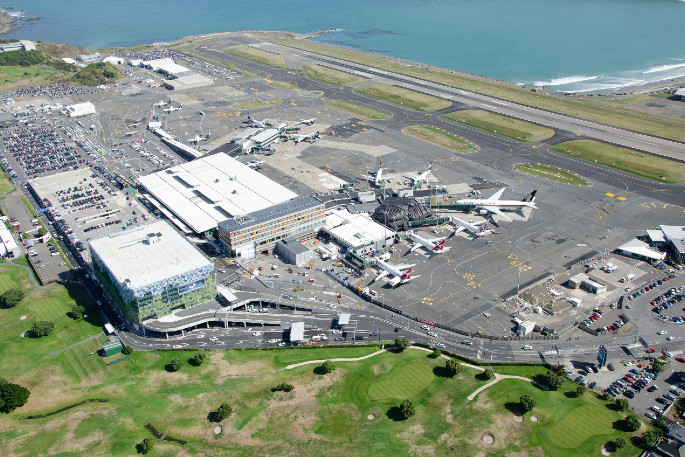This Content Is Only For Subscribers
Wellington Airport has achieved Level 4+ Certification from the Airport Carbon Accreditation programme for the first time, up from last year’s Level 2 accreditation.
Level 4+ (Transition) status is for airports who are transforming their own operations and those of business partners like airlines to reduce emissions, while using reliable offsets for any residual emissions.
Wellington Airport’s step up to Level 4+ is due in large part to the expansion of emissions reporting to include Scope 3 emissions and stakeholder engagement on reducing emissions.
The Airport Carbon Accreditation programme runs independent assessments of airports around the world and their efforts to manage and reduce emissions.
Wellington Airport has also scored 94 out of 100 in a separate process from GRESB who rate the performance and management of environmental, social and governance efforts of participating companies worldwide each year.
“It’s great to have independent confirmation that we’re on the right track towards our climate goals,” says Wellington Airport chief executive Matt Clarke.
“Since 2017 we’ve reduced our Scope 1 and 2 emissions by 43 per cent, increasing to 73 per cent when renewable energy certificates are taken into account. This means we’re well on track for our goal of net zero emissions for our own direct operations by 2030.
“Independent assessments like these are key part of our sustainability journey.”
Wellington Airport has also been mentoring other airports across New Zealand and Australia to move up the accreditation levels.
“We congratulate Wellington Airport for its significant strides in reducing carbon emissions, setting a benchmark for airports across the region,” says ACI Asia-Pacific & Middle East director general Stefano Baronci.
“By positioning itself as one of the leaders in efficient carbon management, Wellington Airport demonstrates a strong commitment to building a more sustainable future. Wellington Airport’s approach aligns with our industry’s collective vision of achieving net zero emissions by 2050.”



